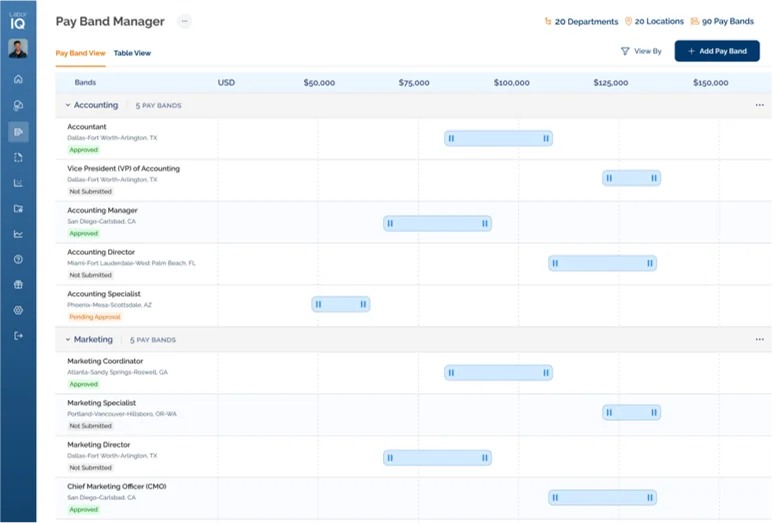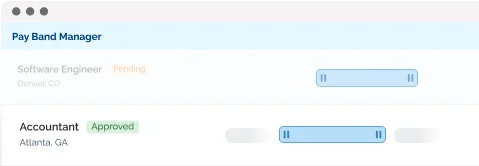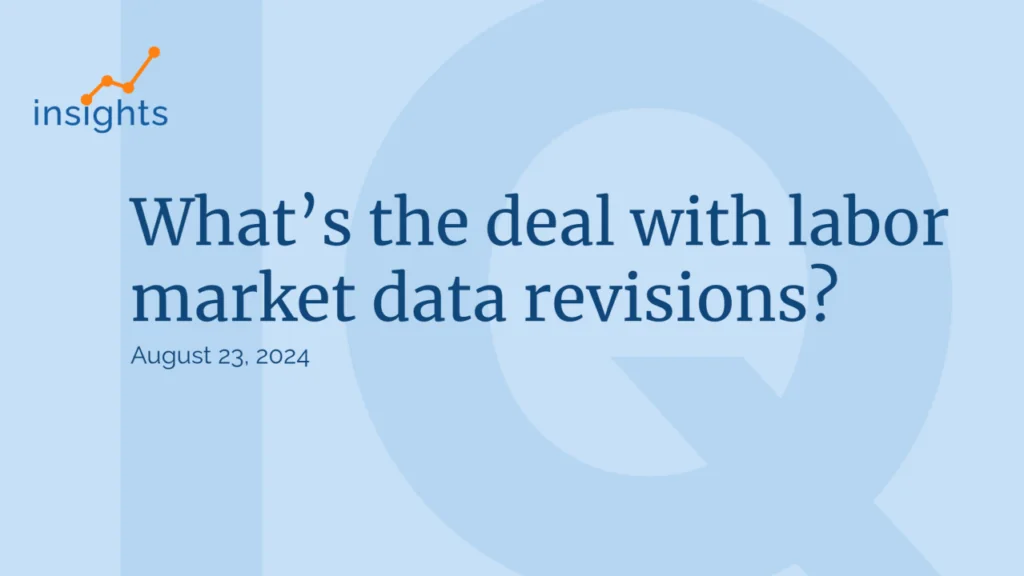Comprehensive pay analysis has become a critical organizational capability for modern HR professionals navigating complex talent markets, regulatory requirements, and budget constraints. Systematic pay analysis supports data-driven HR decisions. It helps organizations plan compensation budgets efficiently, retain top talent, and stay compliant with evolving regulations. This piece from the LaborIQ team, examines how strategic pay analysis transforms organizational performance through enhanced retention, optimized budget allocation, and streamlined HR operations.
The Strategic Imperative of Pay Analysis
Risk Mitigation and Compliance
Organizations conducting regular pay analysis reduce legal exposure significantly, with proactive companies experiencing 70% fewer wage and hour violations compared to reactive counterparts. Systematic analysis identifies potential pay equity issues before they escalate into costly litigation, protecting organizational reputation and financial resources.
Competitive Intelligence and Market Positioning
Comprehensive pay analysis delivers key salary benchmarking insights, helping organizations align compensation packages with current market expectations. Companies utilizing regular pay analysis maintain 25% higher employee satisfaction scores and achieve 30% better talent acquisition outcomes through informed compensation decisions.
Retention Strategy Through Pay Analysis
Predictive Retention Modeling
Advanced pay analysis enables identification of retention risks before they materialize into departures. Organizations implementing predictive pay analysis reduce regrettable turnover by up to 40% through proactive compensation adjustments and targeted retention interventions.
Flight Risk Identification
Systematic analysis reveals employees whose compensation falls below market rates or internal equity standards, creating actionable retention priority lists. This data-driven approach enables strategic retention investments focused on high-value, at-risk talent rather than broad-based increases.
Performance-Pay Alignment
Pay analysis ensures compensation aligns with performance contributions, strengthening the relationship between rewards and results. Organizations with strong pay-performance correlation experience 35% higher employee engagement and 20% improved productivity metrics.
Budget Setting Season Optimization
Data-Driven Budget Planning
Analyzing pay provides essential foundation data for annual budget planning, enabling accurate forecasting of personnel compensation costs and adjustment requirements. Organizations utilizing comprehensive pay analysis improve budget accuracy by 45% while reducing planning cycle time by 60%.
Market Adjustment Calculations
Systematic analysis quantifies market adjustment needs across job families, departments, and geographic locations. This granular insight enables precise budget allocation rather than across-the-board percentage increases that may over-compensate some roles while under-addressing others.
ROI Optimization for Compensation Investments
Pay analysis pinpoints where compensation investments will have the greatest impact—supporting retention, performance, and long-term workforce planning. Strategic analysis helps prioritize spending on critical roles and high-performing individuals who drive organizational success.
Leveraging Pay Analysis Software for Efficiency
Automated Data Processing
Modern pay analysis software eliminates manual data compilation and calculation errors, reducing analysis time from weeks to days while improving accuracy. Automated platforms process complex datasets across multiple variables simultaneously, providing comprehensive insights efficiently.
Real-Time Market Benchmarking
Advanced software integrates real-time market data from multiple sources, ensuring analysis reflects current market conditions rather than outdated information. This capability enables responsive compensation strategies that maintain competitive positioning throughout the year.
Dashboard Visualization and Reporting
Sophisticated visualization tools transform complex pay data into actionable insights through intuitive dashboards and reports. These capabilities enable HR professionals to communicate findings effectively to leadership while supporting strategic decision-making processes.
Time-Saving Implementation Strategies
Automated Compliance Monitoring
Pay analysis software continuously monitors for potential compliance issues, flagging anomalies that require attention. This automated oversight reduces manual audit time by 80% while improving compliance accuracy and reducing legal risk.
Streamlined Reporting Processes
Automated report generation eliminates time-intensive manual reporting, enabling HR teams to focus on strategic analysis rather than data compilation. Organizations report 50% reduction in reporting time while improving report quality and consistency.
Integration with HRIS Systems
Seamless integration with existing HR systems eliminates duplicate data entry and ensures analysis reflects current organizational data. This connectivity saves significant administrative time while improving data accuracy and reliability.
Advanced Analytics Capabilities
Predictive Modeling
Machine learning algorithms identify patterns and trends in compensation data, enabling predictive insights about future retention risks, market adjustments, and budget requirements. These capabilities transform reactive HR practices into proactive strategic planning.
Scenario Planning
Advanced software enables modeling of various compensation scenarios, helping organizations understand the impact of different budget allocation strategies before implementation. This capability supports informed decision-making and risk assessment.
Measuring Success and Impact
Organizations implementing comprehensive pay analysis typically achieve:
- 40% reduction in regrettable turnover
- 45% improvement in budget planning accuracy
- 60% decrease in compensation analysis time
- 35% increase in employee satisfaction with pay fairness
- 70% reduction in compliance-related issues
Conclusion
Organizational pay analysis represents a fundamental capability for modern HR excellence, enabling data-driven retention strategies, optimized budget planning, and efficient operations. By leveraging advanced pay analysis software, HR professionals can transform time-intensive manual processes into strategic advantages that drive organizational success. The investment in comprehensive pay analysis delivers measurable returns through improved retention, enhanced compliance, and optimized compensation investments that support long-term business objectives.
Sources:
- Society for Human Resource Management (SHRM): https://www.shrm.org
- WorldatWork: https://www.worldatwork.org
- Bureau of Labor Statistics: https://www.bls.gov
- LaborIQ Modern Compensation Software: https://laboriq.co
- HR technology research from Gartner, Forrester, and IDC
- Academic research from business schools and labor economics departments
- Pay equity and compliance research from legal and consulting firms























